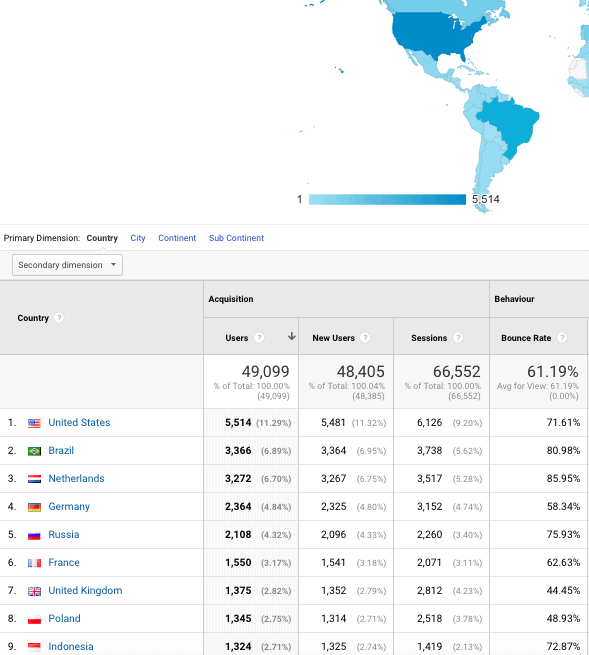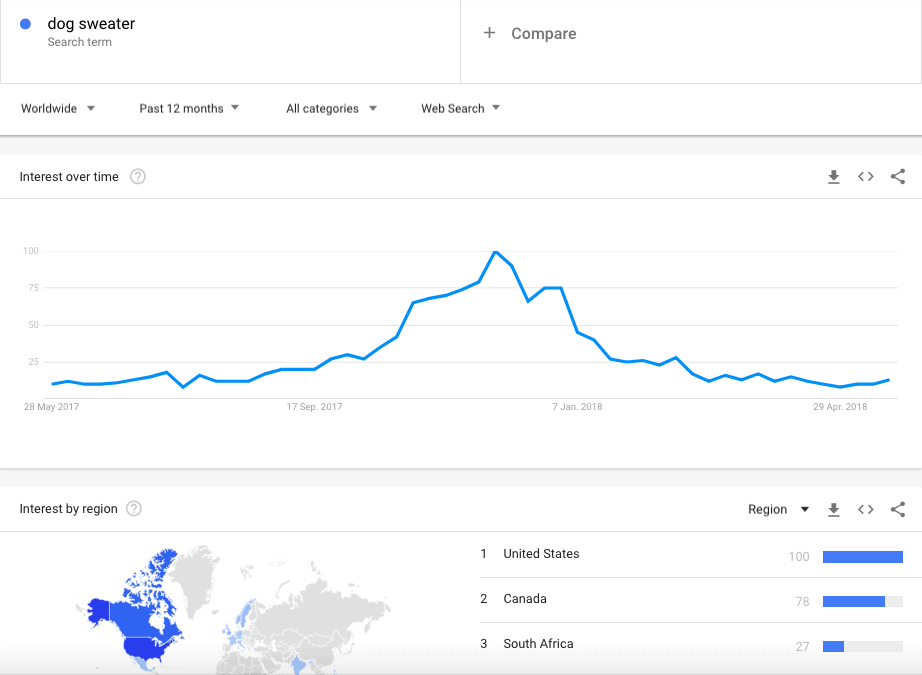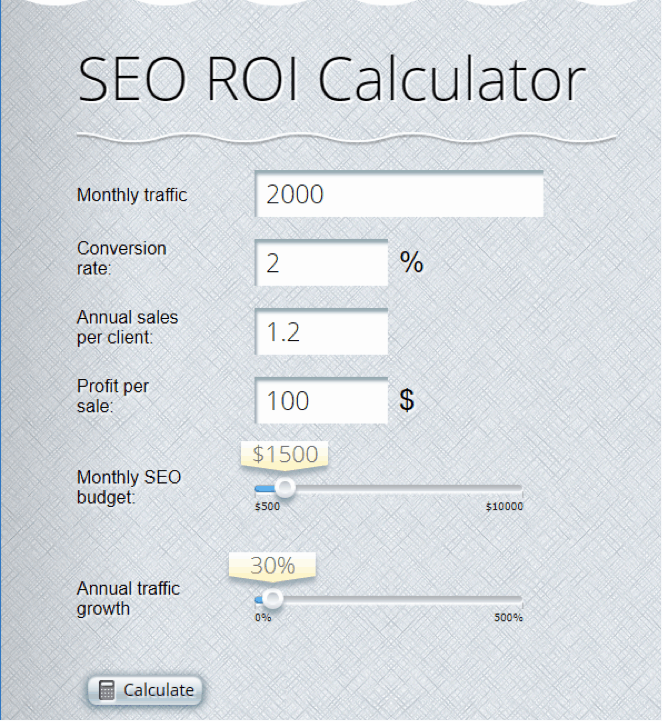Before making any decision to proceed with your website localization and to prepare for a project, you need to take multiple factors into consideration, including the potential target markets and existing competition in those locales. It’s important to equip yourself with the right numbers and metrics to support your localization strategy. Estimating costs and returns with clear performance indicators is incredibly helpful when it comes to assessing the overall localization ROI.
We’ve written many blogs posts that discuss the process of website translation in various contexts, starting with the Ultimate Guide and going through website translation productivity issues, finishing with Technical Aspects of International SEO. In each of these blogs, we always mention the preparation required before the process of website translation and how much research work needs to be done before project kick-off.
However, we’ve realized that we never explained in detail how to assess your website localization potential, and where to start with this before getting down-and-dirty with the translation. Our mistake! When it comes to website and e-commerce localization, you simply have to know how to identify target markets with the highest potential and what kind of decision you need to make before the launch of your website translation project. That’s why we picked five things that will help you assess your website’s localization potential and prepare you for the project. To start drafting your to-do-list, just keep on reading!
#1. Analyze Your Website Traffic
It may sound kind of obvious, but always dive deep into your own resources first, draw conclusions, and then aim for the external data analysis. In this way, you will have a head full of ideas and a picture of a possible strategy. To start analyzing your website traffic, use tools such as Google Analytics, Zap or Piwik. They all allow an in-depth view of information about your website that you wouldn’t expect to see.
The most popular one, Google Analytics, may not look very user-friendly, but it is a goldmine when it comes to your website’s data. What you should do is calculate the search traffic volume and analyze traffic from markets you are not currently targeting through your marketing actions. It will help you understand the locale-specific volume of traffic, get to know the sources of your traffic, and obtain crucial information for successful SEO optimization.
#2. Confront the Idea of Your Potential Target Market with The Numbers
Now that you have an idea about where some of your traffic is coming from, you can determine whether it is a good idea to follow the lead from Google Analytics or maybe do the opposite, and find a new target market that will boost your business. We are not trying to go full-on Google products here, but Google Market Finder will do precisely that. What does it do? In short, it assesses the attractiveness of your product within the international markets.
For example, if you want to know what the deal is with dog sweaters in the United States or Europe, the tool will rank the subject popularity using the numbers of searches and keyword bidding information. The data? It’s all based on the local searches and Google AdWords bids. Using this tool will either encourage you to follow your gut instinct or convince you to try to set out a different strategy. Either way, you’ll end up winning!
#3. Perform In-depth Keyword Research in Target Markets
With the data that you collected from the resources mentioned above, either alone or in collaboration with your marketing team, research on the keywords that drive the most traffic. Going with the rule of utilizing your own resources first, check your website analytics and fish out which keywords are doing best, generating the majority of visits and driving new users to your website. In short, identify which of them generate quality traffic. This is crucial for your localized SEO! Look for specific search patterns and trends. Translate and localize them (this is very important – not all keywords mean the same thing after a simple direct translation, localization is the key!) and again, use the external resources to check their attractiveness for the foreign market.
Tip for e-Commerce owners: check your Internal Search Engine searches. They’re a goldmine of ideas!
How can you do that? First, go and check a phrase on Google Trends. It will show you search term numbers, peak popularity, countries in which this term is most popular and let you compare it with a different keyword. It is as complex as it sounds, but again it will fill your head with ideas and encourage you to think more clearly when it comes to your keyword strategy. Then, head for Google Keyword Planner analysis. This little engine will enable you to discover variations of valuable keywords that are frequently used, along with their bids (the results are based on Google AdWords data). The only problem with this is that it’s only available to registered AdWords users. We personally think it’s definitely worth registering (since you don’t have to run an AdWords campaign to use the Google Keyword Planner), but if you want to use an alternative, we would definitely recommend Answer The Public.
#4. Track Your Competitors
If you still haven’t done this, it’s high time to start. Your competitors not only provide a product that is similar to yours, but they also use similar keywords and might be performing better in the markets that you want to conquer. You might compete, but you can also inspire each other! Use tools such as SEMrush and SpyFu to gain an understanding of which keywords they use in a given market, both in paid traffic and organic searches.
With SpyFu you can set the ‘keyword battles’ between you and your competitors, showing their organic reaches for given keywords as well as shared keywords and estimated bids for AdWords traffic. This all sounds pretty complicated, and it may be at the beginning, but it is also fun and useful. It requires a bit of an analytical eye and patience, but it will profit you and your website in the long-run.
#5. Calculate Translation Costs and ROI
There is no such thing as money to burn, and it is much easier to plan a project when you are able to visualize exact results you will achieve. What you really need to remember is that localization costs are mainly based on the volume of content that you need to translate and localize and the technology costs. You need to carefully assess which content truly needs to be translated to which target market(s) and choose a solution that can save you some money in the future when you decide to translate your website for yet another market.
To calculate potential costs and their pay-offs, on the other hand, you need to know your conversion rate and value, and to calculate the average number of visits your localized website needs to reach to achieve that value. It sounds easy, but it doesn’t do any harm if you use a little bit of help. There are many performance indicators and metrics that you can use to measure costs and returns of a localized website as opposed to a non-localized website, such as Promodo. You can do it!
Happy Planning!





